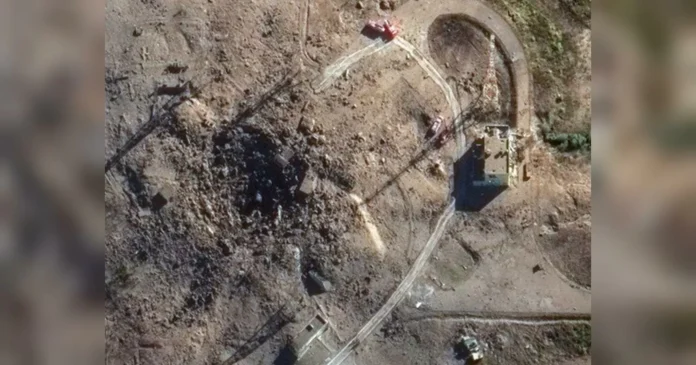Western media analyze the recent events at the Plesetsk Cosmodrome
The Plesetsk Cosmodrome, located in the Arkhangelsk region of Russia, has been making headlines in Western media recently. On October 9th, a Soyuz rocket carrying a satellite malfunctioned just minutes after liftoff, resulting in the destruction of the satellite and the crash of the rocket’s upper stage. This incident has sparked a flurry of analysis and speculation in Western media, with many experts weighing in on the implications of this event for Russia’s space program.
The Plesetsk Cosmodrome, one of the oldest and most active space launch facilities in the world, has been a key player in Russia’s space program since its establishment in 1957. It has been responsible for launching a wide range of satellites, including military, civilian, and commercial payloads. However, the recent incident has raised concerns about the safety and reliability of the cosmodrome.
Western media outlets have been quick to point out the significance of this event. The New York Times, in its coverage of the incident, highlighted the fact that this was the first failure of a Soyuz rocket in over three decades. The Washington Post, in its analysis, noted that this incident could have serious consequences for Russia’s space ambitions, as the Soyuz rocket is not only used for satellite launches but also for transporting astronauts to the International Space Station.
Experts interviewed by various media outlets have offered their insights on the possible causes of the malfunction. Some have speculated that it could be due to a problem with the rocket’s engines, while others have suggested that it could be a result of human error. The Russian space agency, Roscosmos, has launched an investigation into the incident and has promised to share its findings with the international community.
The incident has also sparked discussions about the future of Russia’s space program. Some experts believe that this could be a setback for the country’s efforts to modernize its space industry and compete with other major players like the United States and China. Others, however, argue that this incident should not be seen as a reflection of the overall capabilities of Russia’s space program, which has a long history of successful launches.
Despite the seriousness of the incident, Western media has also highlighted the quick response and professionalism of the Russian emergency services. The crew of the Soyuz rocket was able to safely eject and land in a remote area, and there were no reported injuries on the ground. This has been seen as a testament to the rigorous safety protocols in place at the Plesetsk Cosmodrome.
In the midst of all the analysis and speculation, one thing is clear – the incident at the Plesetsk Cosmodrome has once again brought the spotlight on Russia’s space program. It has also highlighted the importance of international cooperation in the field of space exploration, as the Soyuz rocket is not only used by Russia but also by other countries for their space missions.
In conclusion, the recent events at the Plesetsk Cosmodrome have been closely followed and analyzed by Western media. While there are concerns about the safety and reliability of the cosmodrome, experts believe that this incident should not be seen as a reflection of the overall capabilities of Russia’s space program. The incident has also highlighted the importance of international cooperation in the field of space exploration. As the investigation into the incident continues, the world will be watching to see how Russia’s space program moves forward from this setback.

